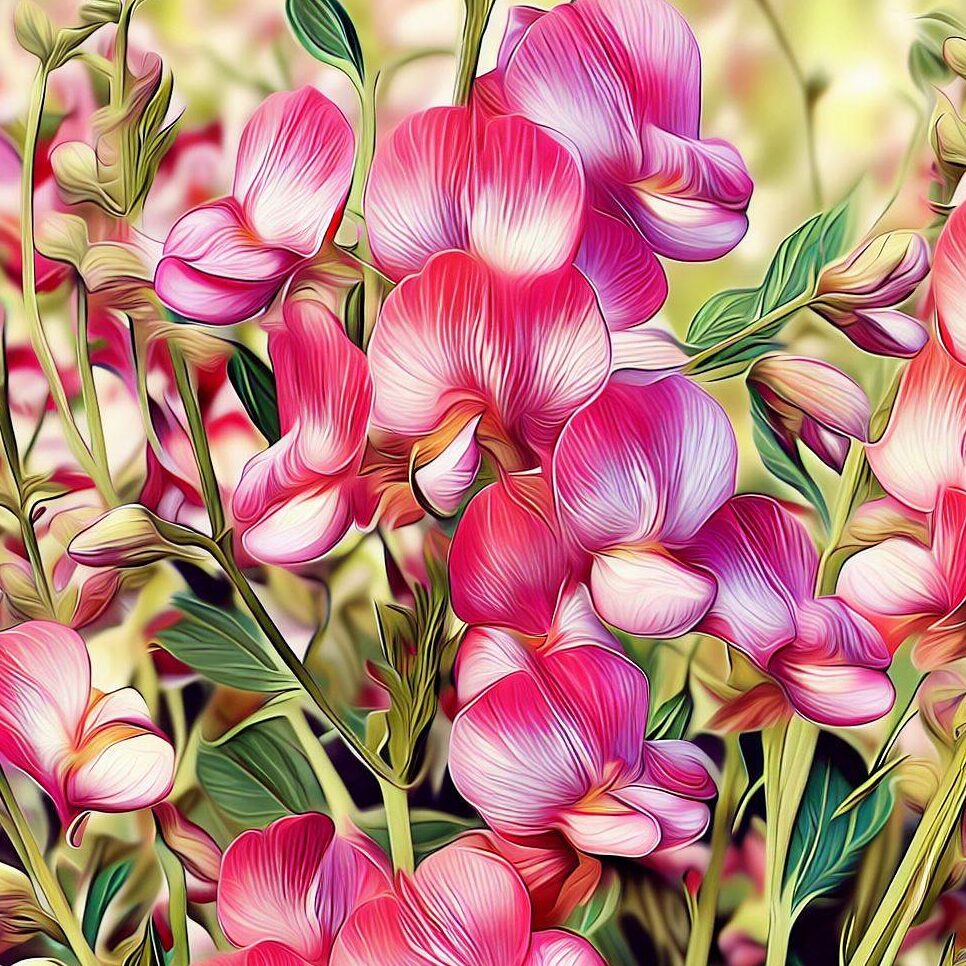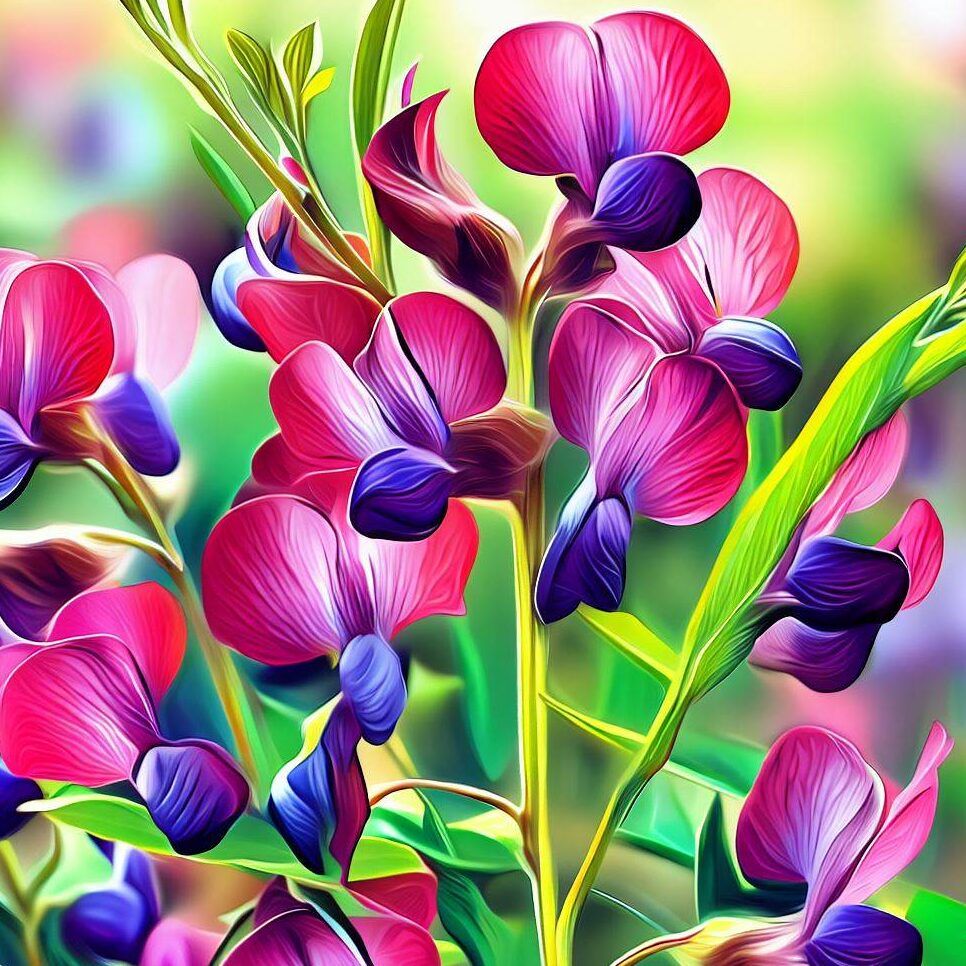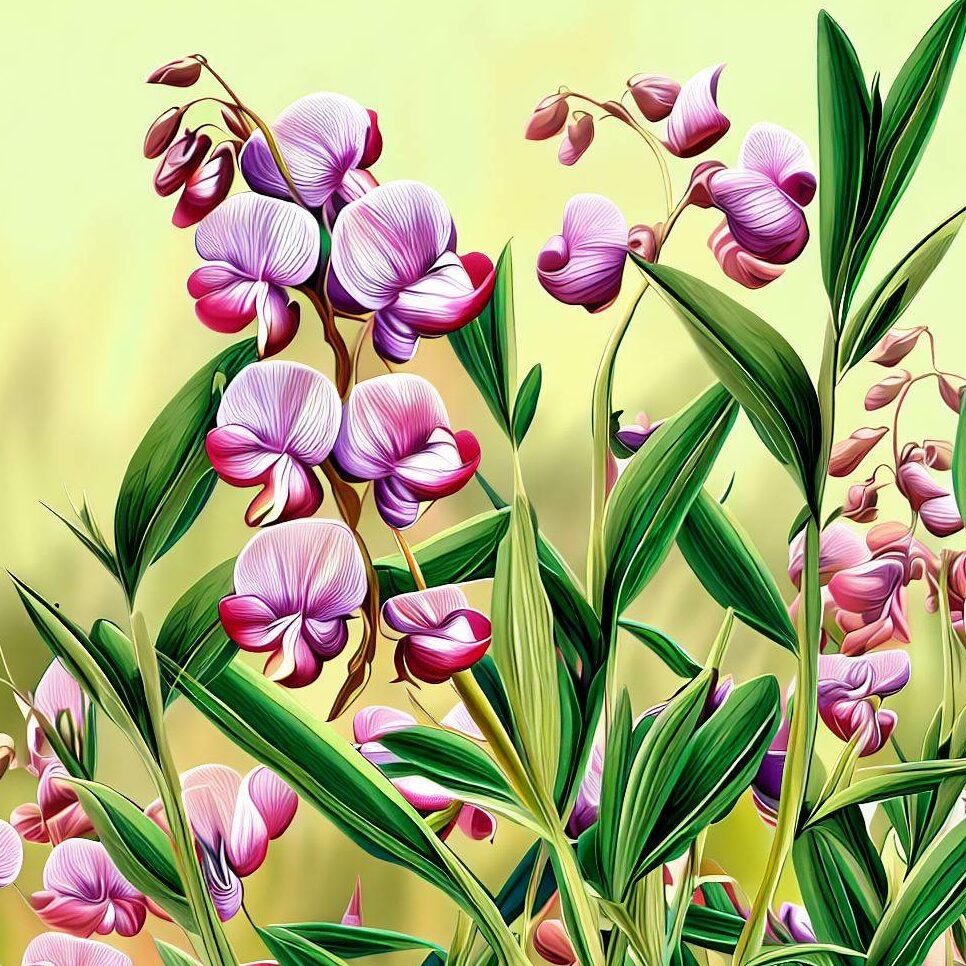Sweet peas are beloved flowering plants known for their fragrant blooms and vibrant colors. If you’re a gardener who loves the idea of planting sweet peas in pots, you might wonder if they come back every year or if they require replanting. In this article, we will explore the question of whether sweet peas come back every year in pots and provide insights into their lifespan, identifying annual versus perennial varieties, and the best practices for growing these delightful flowers.

How Do I Know if My Sweet Pea is Annual or Perennial?
Most sweet peas are considered annuals, meaning they complete their life cycle in one growing season and do not survive through the winter. However, there are a few perennial sweet peas that can come back year after year with proper care.
To identify if your sweet pea is an annual or perennial, consider the following characteristics:
- Lifespan: Annual sweet peas typically bloom for one season and then wither away, while perennial varieties have the ability to regrow and bloom for multiple years.
- Root System: Perennial sweet peas often develop a robust and extensive root system compared to annual sweet peas, which have smaller and less substantial roots.
- Hardiness Zones: Check the hardiness zones recommended for the specific variety of sweet pea you are growing. Perennial sweet peas are more likely to thrive in colder climates, while annual sweet peas are better suited to warmer regions.
Perennial Varieties of Sweet Peas
Perennial sweet peas have the potential to last for multiple years, given the right growing conditions and care. With proper maintenance, these plants can regrow and produce beautiful blooms year after year, adding a touch of charm to your garden.
Here are some of the common perennial sweet pea varieties:
 | Lathyrus latifolius (Everlasting Sweet Pea) This is a popular perennial variety known for its vigorous growth and long-lasting blooms. It comes in various colors, including shades of pink, white, and red. |
 | Lathyrus grandiflorus (Large-Flowered Sweet Pea) This perennial species produces larger flowers compared to other sweet peas. It typically comes in shades of purple and pink. |
 | Lathyrus vernus (Spring Vetchling) This early-flowering perennial sweet pea variety features compact growth and produces clusters of purple, blue, or pink flowers. |
 | Lathyrus odoratus ‘Matucana’ This heirloom variety is technically a biennial, but it often self-seeds and can act as a perennial in some regions. It has highly fragrant bicolored flowers, with deep purple or maroon petals and dark violet wings |
 | Lathyrus rotundifolius (Round-Leaved Sweet Pea) This perennial species has unique rounded leaves and produces small, brightly colored flowers in shades of red, pink, and white. |
 | Lathyrus sylvestris (Narrow-Leaved Everlasting Pea) This perennial sweet pea variety has slender, lance-shaped leaves and produces clusters of pink, white, or deep rose-colored flowers. |
Do You Cut Back Everlasting Sweet Peas?
Everlasting sweet peas have a reputation for being vigorous climbers and prolific bloomers. Unlike some other sweet peas, they do not require extensive pruning or cutting back to encourage regrowth. However, you can remove spent flowers regularly to promote continuous blooming and prevent seed formation.
When cutting back everlasting sweet peas, focus on removing faded flowers or seed pods. This practice redirects the plant’s energy into producing new blooms rather than setting seeds. By doing so, you can enjoy an extended flowering period throughout the growing season.
Sweet peas grown in pots are mostly annuals, completing their life cycle in a single season. However, there are perennial varieties that can regrow and bloom for multiple years. Understanding the differences between annual and perennial sweet peas and knowing how to care for them accordingly will ensure a vibrant and flourishing display in your garden year after year.
Remember to choose the right variety for your climate, provide adequate support for climbing sweet peas, and remove spent flowers to encourage continuous blooming. With proper care, you can enjoy the beauty and fragrance of sweet peas, whether they come back every year or not.
